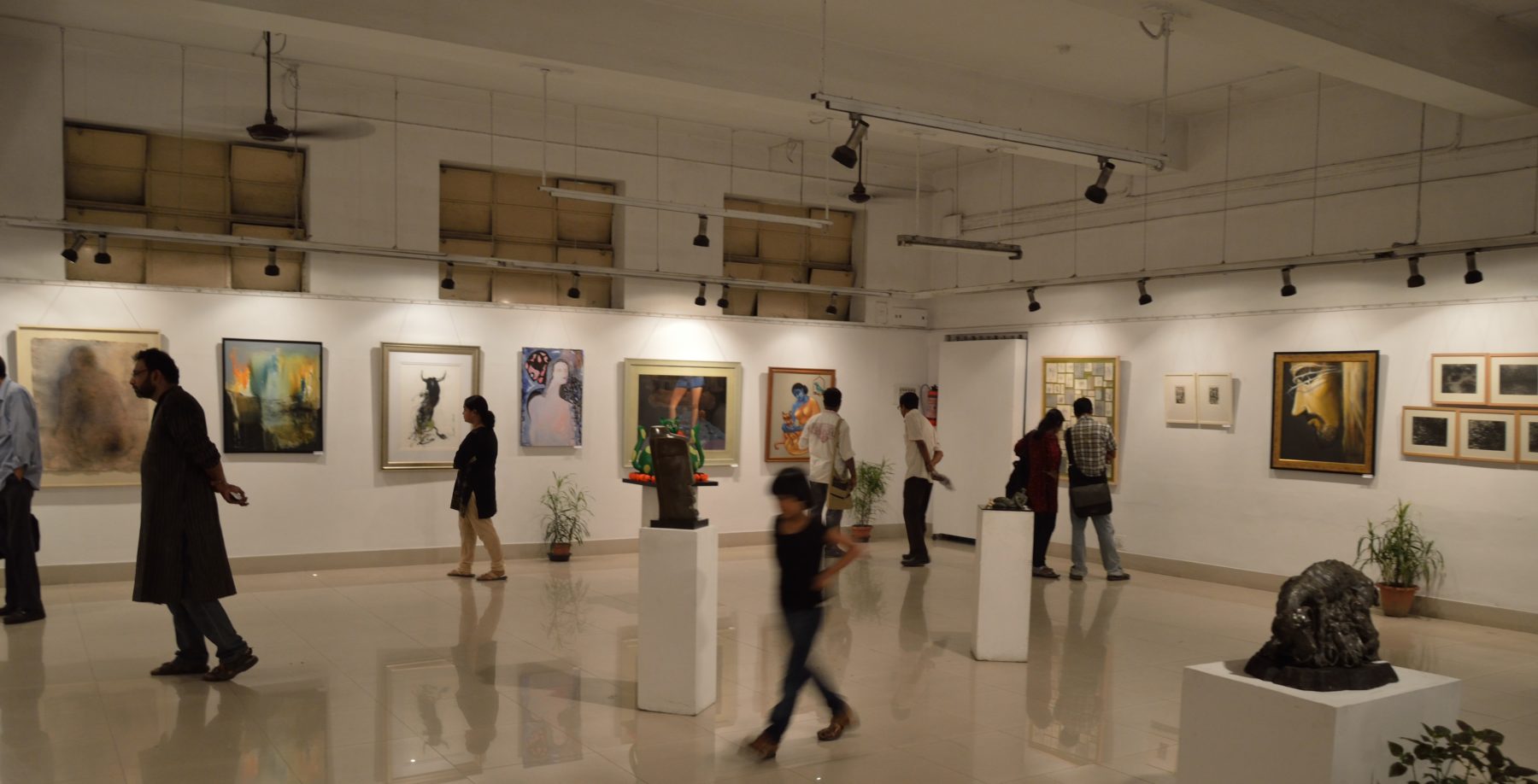1. Susannah Laramee Kidd and Sara Daleiden. Los Angeles County Arts Commission. “Civic Art as Infrastructure.” 2018. United States.
This report and documentary is an evaluation of a range of outcomes at the four sites in the Creative Graffiti Abatement Project at two parks and libraries in the 2nd Supervisorial District of L.A. The report evaluates the success of arts-based strategies in shifting perceptions, increasing positive activity, reducing graffiti vandalism, building a sense of community ownership and building capacity for future arts and culture activities at the sites. Ultimately, the report highlights the role of embedding meaningful engagement activities in public art as an important aspect of government investment in communities.
2. Yuha Jung. The Journal of Arts Management, Law & Society. “Economic Discussion of Conflict between Public Education Policies and Common Good Arts in the United States.” 2018. United States.
Arts education in the United States, especially in public schools, has been neglected and its public funding has decreased. This is partly due to the difference in the conception of public education policies and the arts. The theory of economic goods and an analysis of two current education policies demonstrate that public education is treated as a public good that is needed by all people, and therefore funded with tax dollars. Because the arts are common goods that different people value in their own terms, education in the arts is treated as nonessential and funded sporadically in public school settings. Based on the theory of the commons, the author suggests that nonprofit arts organizations are equipped to deal with the common good and diverse nature of the arts and can provide sustainable arts education that fills the gap of arts education in public schools.
3. Rebecca Thomas and Zannie Voss. National Center for Arts Research at SMU. “Five Steps to Healthier Working Capital.” 2018. United States.
In its “Working Capital Report,” NCAR found on average, arts and culture organizations had working capital equivalent to five months’ worth of total expenses. While this might seem like a comfortable cushion, it reflects very high levels of working capital concentrated among a minority of institutions. Working capital levels varied by arts and cultural sectors. Skewed by large institutions, art museums had average working capital of more than one year, while orchestras on average had only approximately 15 days of working capital.
4. Pieter de Rooij and Marcel Bastiaansen. The Journal of Arts Management, Law & Society. “Understanding and Measuring Consumption Motives in the Performing Arts.” 2017. The Netherlands.
This study sought to understand and categorise the reasons why people visit performing arts events, as well as develop a way to measure these motivations. In-depth interviews were conducted with theatre-goers and a review of the literature was undertaken. This then informed a questionnaire which was completed by people attending a classical music concert. The results show that there is both a cultural and social side to attending performing arts events.
5. Daniel Wheatley and Craig Bickerton. Journal of Cultural Economics. “Subjective Well-Being and Engagement in Arts, Culture and Sport.” 2017. United Kingdom.
This study explored the relationship between an individual’s self-assessment of their overall wellbeing and taking part in arts, cultural and sporting activities. Social survey data from 40,000 UK households was collected in 2010-2011 and analysed to identify measures of wellbeing defined as satisfaction with life, leisure time, job and general happiness. They found that engagement in most arts, culture and sport activities is associated with greater life and leisure satisfaction and general happiness.
